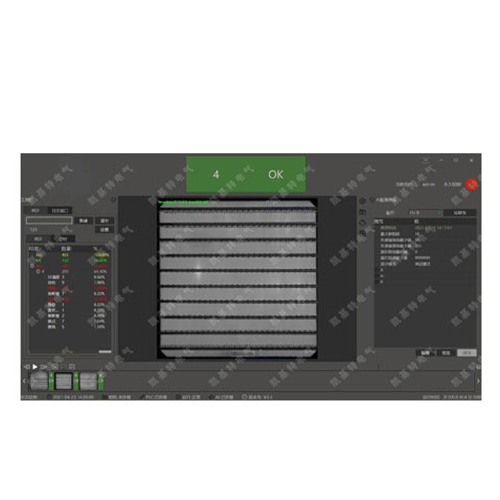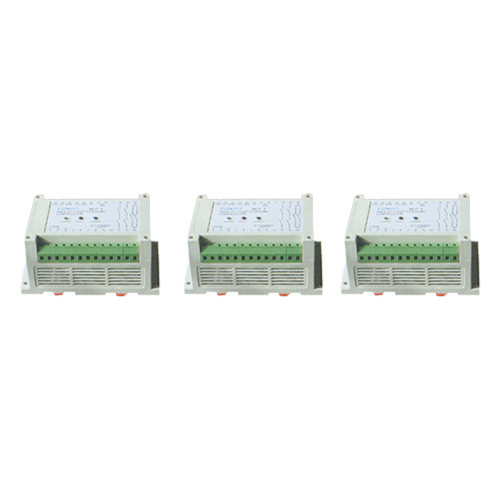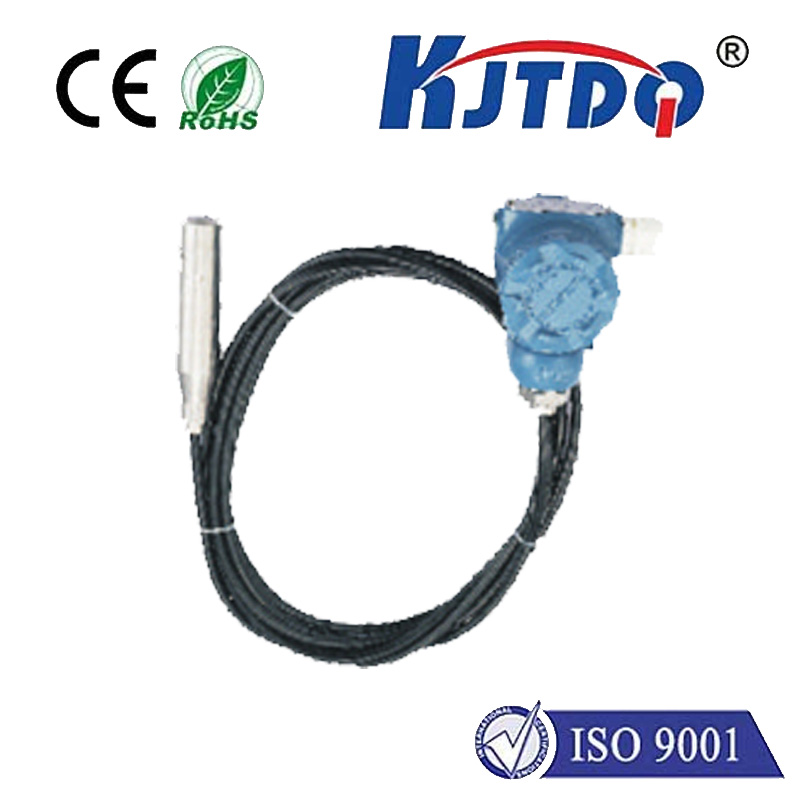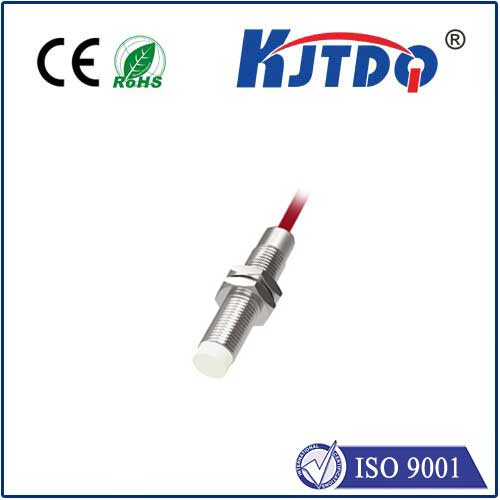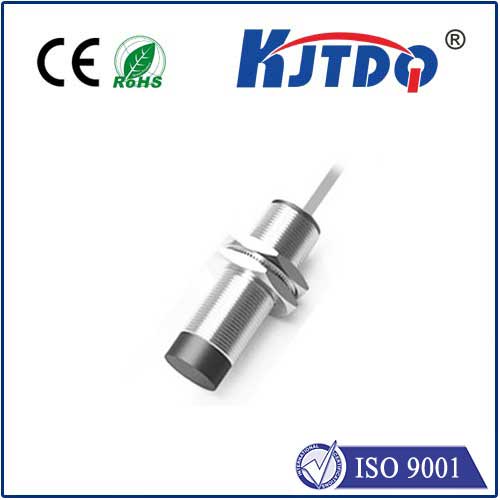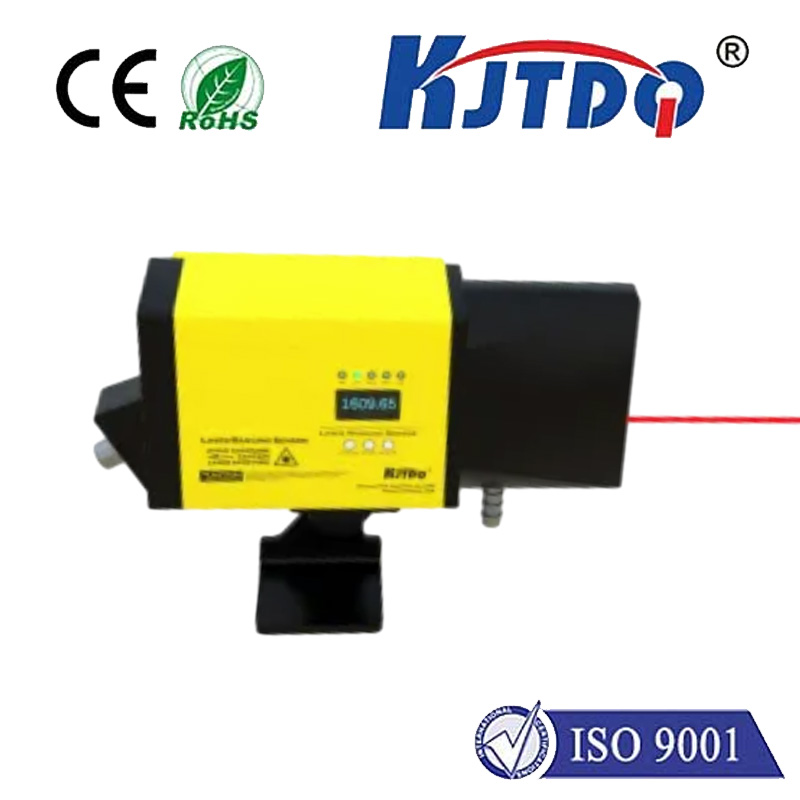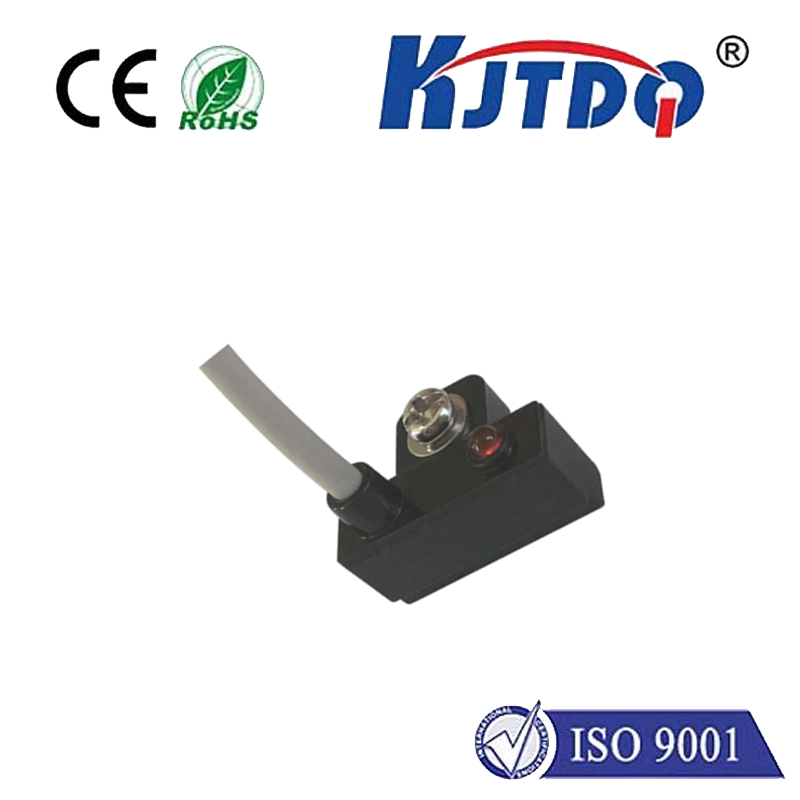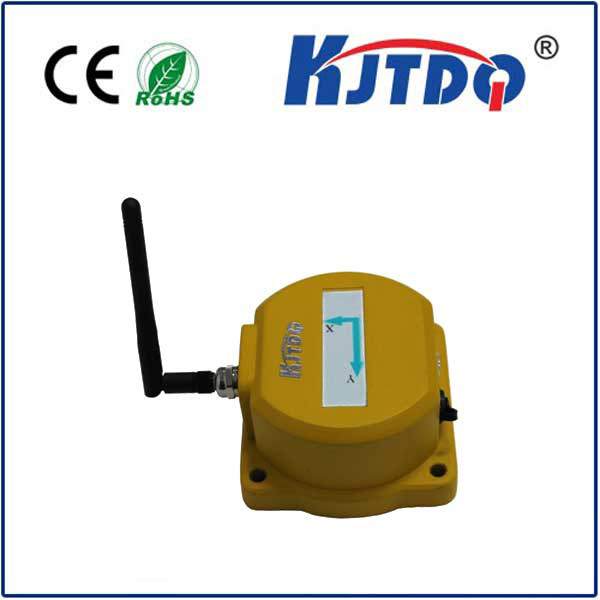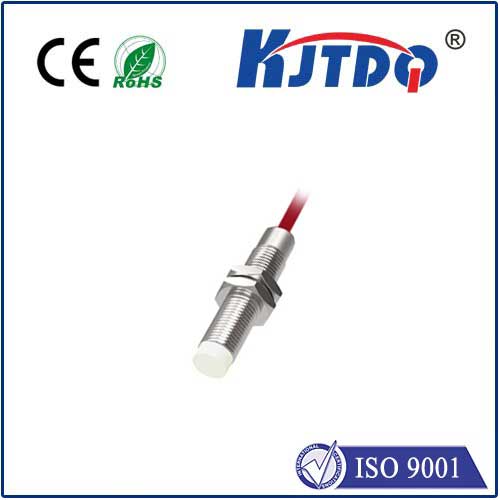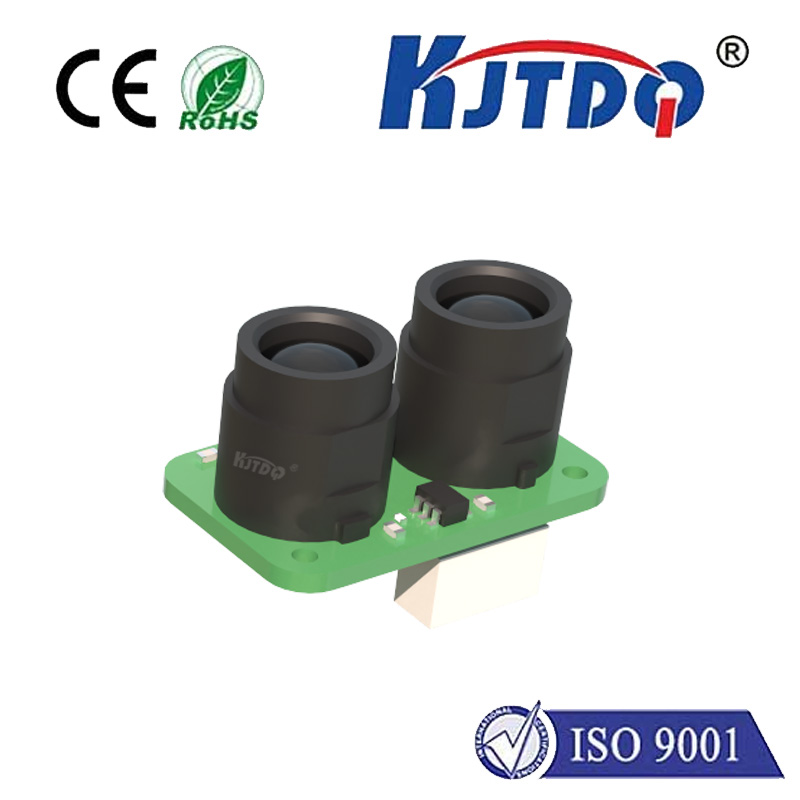Laser Ultrasonic Technology: Revolutionizing Non-Destructive Testing In the world of advanced materials and precision engineering, laser ultrasonic technology has emerged as a game-changer. Combining the power of lasers with the principles of ultrasonics, this innovative approach is transforming industries by offering non-destructive, high-precision, and contactless testing solutions. From aerospace to manufacturing, laser ultrasonics is paving the way for smarter, faster, and more reliable quality control processes. But what exactly is this technology, and why is it gaining so much attention? Let’s dive in.
Laser ultrasonic technology is a cutting-edge method that uses laser beams to generate and detect ultrasonic waves in materials. Unlike traditional ultrasonic testing, which requires physical contact with the material using transducers, laser ultrasonics operates contact-free. This makes it ideal for inspecting delicate, complex, or high-temperature materials where traditional methods fall short. The process involves two key steps:
Laser Generation of Ultrasound: A pulsed laser is directed at the material’s surface, creating ultrasonic waves through thermoelastic or ablation mechanisms.
Laser Detection of Ultrasound: A second laser, often a continuous-wave laser, detects the reflected or transmitted ultrasonic waves, capturing data about the material’s internal structure. This non-invasive approach allows for rapid, high-resolution imaging of defects, thickness variations, and material properties without compromising the integrity of the sample.
The rise of laser ultrasonics can be attributed to its unique advantages, which set it apart from conventional testing methods:
Contactless Operation: Since lasers are used for both generation and detection, there’s no need for physical contact. This eliminates the risk of damaging sensitive materials and ensures consistent results.

Высокая точность: Laser beams can be focused to a tiny spot, enabling micron-level resolution. This makes it possible to detect even the smallest defects or irregularities.
Многогранный.: Laser ultrasonics can be applied to a wide range of materials, including metals, composites, ceramics, and even biological tissues.
Real-Time Monitoring: The technology allows for instantaneous data acquisition, making it ideal for in-line inspection and quality control in manufacturing processes.
Suitability for Challenging Environments: Laser ultrasonics excels in high-temperature or hazardous environments where traditional methods struggle, such as in nuclear reactors or aerospace components.
The versatility and precision of laser ultrasonic technology have made it a valuable tool in numerous industries. Here are some of the most notable applications:
In the aerospace sector, ensuring the integrity of critical components is paramount. Laser ultrasonics is used to inspect composite materials, turbine blades, and other high-stress parts for hidden defects, delaminations, or cracks. Its non-contact nature is particularly beneficial for inspecting curved or intricate geometries.
The automotive industry leverages laser ultrasonics for quality control in manufacturing processes. From inspecting welds in car bodies to assessing the thickness of coatings, this technology ensures that vehicles meet stringent safety and performance standards.
In the energy sector, laser ultrasonics plays a crucial role in inspecting pipelines, wind turbine blades, and nuclear reactor components. Its ability to operate in high-temperature and hazardous environments makes it indispensable for maintaining infrastructure reliability.
Laser ultrasonic technology is also making waves in the medical field, particularly in biomedical imaging and tissue characterization. Researchers are exploring its potential for non-invasive diagnostics and monitoring of biological tissues.
As 3D printing gains traction, laser ultrasonics is being used to inspect additively manufactured parts for internal defects, porosity, and layer bonding issues. This ensures that 3D-printed components meet the required standards for strength and durability.
While laser ultrasonic technology offers numerous benefits, it’s not without challenges. High equipment costs, the need for skilled operators, and limitations in inspecting highly reflective or transparent materials are some of the hurdles that need to be addressed. However, ongoing research and development are driving innovations in this field. Advances in laser sources, detection systems, and data processing algorithms are making the technology more accessible and efficient. Additionally, the integration of artificial intelligence and machine learning is enhancing defect recognition and analysis, further expanding its potential. As industries continue to demand faster, more accurate, and non-destructive testing solutions, laser ultrasonic technology is poised to play an increasingly vital role. Its ability to deliver real-time, high-resolution insights into material properties and structural integrity makes it a cornerstone of modern quality control and inspection processes.
